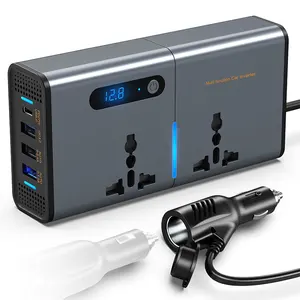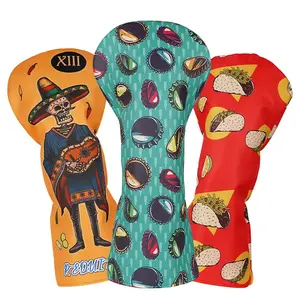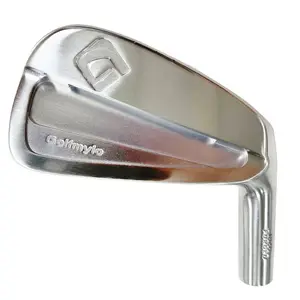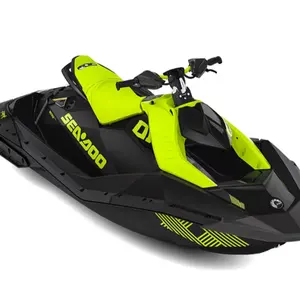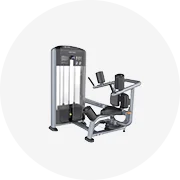





Fabriek Directe Race Computer Custom Hoge Kwaliteit Gaming Stoel Ergonomische Comfortabele Lederen Racespel Stoel Met Massage
€ 54,70 - € 69,53
Min. bestelling: 50 stukken
Verzending per stuk: € 93,20



Judor Goedkope Groothandel Lederen Liggende Armsteun Ergonomische Racing Gaming Stoel Met Voetensteun
€ 37,08 - € 41,72
Min. bestelling: 350 stukken
Verzending per stuk: € 28,11







Luxe Gaming Stoel Wit Racestijl Pu Lederen Ergonomische Stoel Draaibare Kantoorstoel Gaming Met Voetensteun Racen Op Maat
€ 54,70 - € 69,53
Min. bestelling: 50 stukken
Verzending per stuk: € 82,42







Silla Gamer Racestoel Computerstoel Gaming Stoel Rgb Met Hoogteverstelling En Voetensteun
€ 39,87 - € 45,43
Min. bestelling: 50 stukken
Verzending per stuk: € 94,23







Judor Groothandel Swivel Pc Computer Gamer Racing Gaming Stoel
€ 53,77 - € 58,40
Min. bestelling: 1 stuk







Oem Carbon Fiber Racing Gemodificeerde Stoel Verstelbare Seat Voor Racing Drift Simulator
€ 152,96 - € 176,13
Min. bestelling: 2 stukken






Wsz 1031 Gamer Stoel Hoorn Koe Ox Hoorn Stijl Hoofdsteun Oem Taille Kussen Kantoor Gaming Stoel Lage Moq Racing Stoel silla Gamer Zetels
€ 40,79 - € 60,26
Min. bestelling: 10 stukken
Verzending per stuk: € 63,56






China Factory Direct Supply Hoge Kwaliteit Power Seat Protector Oem Verstelbare Racing Autostoel Voor Buick
€ 168,25 - € 199,86
Min. bestelling: 1 set






1 Stks/partij Voor Oem Racing Sport Seat Onderdelen Eye Klemmen Vervangen Deel Auto Seat Klemmen Voor Recaro-stoel
Klaar voor verzending
€ 2,79 - € 4,83
Min. bestelling: 10 combo's
Verzending per stuk: € 4,59




Topcategorieën
Over oem racestoel
Ga door Alibaba.com voor kwaliteit. oem racestoel. Ze zijn het apparaat dat over de rug van een dier wordt gegooid. De ondersteunende structuur is stevig vastgemaakt om gebruik te maken van de gedomesticeerde dieren. Ze zijn zorgvuldig ontworpen om comfortabel te zijn voor zowel het dier als het individu dat erop rijdt. Deze. oem racestoel zit perfect op de rug van het dier om het rijden comfortabel en veiliger te maken. Ze waren meestal ontworpen voor gebruik op een paard voordat ze evolueerden en werden gemaakt voor een verscheidenheid aan dieren.
Deze producten zijn verkrijgbaar in verschillende stijlen en uitvoeringen. Ze zijn gemaakt van een sterk en flexibel materiaal dat consistent gebruik van de. oem racestoel gedurende een lange periode. Ze zijn gelaagd met een zacht en comfortabel materiaal dat de rug van het dier beschermt om verwondingen te voorkomen. De juiste zorg verlengt de levensduur van deze producten met jaren. Regelmatig schoonmaken houdt geuren en schadelijk ongedierte van het dier weg. Het zitkussen is gevuld met vilt of schuim om ze veerkrachtig te houden.
Ze zijn een cruciaal element geworden dat het gebruik van gedomesticeerde dieren efficiënt zal verhogen. De voetholster helpt de gebruiker snel en moeiteloos naar de top van het dier te tillen. Alibaba.com biedt een verscheidenheid aan ontwerpen met geweldige kortingen. De. oem racestoel heeft een singel die hem op zijn plaats houdt. Ze zijn vastgemaakt met leren riemen die bekend staan als billets. Dit zorgt voor een veilige en efficiënte houvast. Verschillende stijlen en ontwerpen bepalen het doel van de apparatuur. Ze zijn licht van gewicht, waardoor ze gemakkelijk te hanteren en mee te nemen zijn.
Shoppers kunnen dit spannend vinden. oem racestoel die passen bij hun budget. Door hun uitzonderlijke prestaties zijn ze de beste in de branche. Vind de gewenste variëteiten bij een reeks groothandels en detailhandelaren. Alibaba.com biedt de beste producten die uitstekende prestaties zullen bieden
Deze producten zijn verkrijgbaar in verschillende stijlen en uitvoeringen. Ze zijn gemaakt van een sterk en flexibel materiaal dat consistent gebruik van de. oem racestoel gedurende een lange periode. Ze zijn gelaagd met een zacht en comfortabel materiaal dat de rug van het dier beschermt om verwondingen te voorkomen. De juiste zorg verlengt de levensduur van deze producten met jaren. Regelmatig schoonmaken houdt geuren en schadelijk ongedierte van het dier weg. Het zitkussen is gevuld met vilt of schuim om ze veerkrachtig te houden.
Ze zijn een cruciaal element geworden dat het gebruik van gedomesticeerde dieren efficiënt zal verhogen. De voetholster helpt de gebruiker snel en moeiteloos naar de top van het dier te tillen. Alibaba.com biedt een verscheidenheid aan ontwerpen met geweldige kortingen. De. oem racestoel heeft een singel die hem op zijn plaats houdt. Ze zijn vastgemaakt met leren riemen die bekend staan als billets. Dit zorgt voor een veilige en efficiënte houvast. Verschillende stijlen en ontwerpen bepalen het doel van de apparatuur. Ze zijn licht van gewicht, waardoor ze gemakkelijk te hanteren en mee te nemen zijn.
Shoppers kunnen dit spannend vinden. oem racestoel die passen bij hun budget. Door hun uitzonderlijke prestaties zijn ze de beste in de branche. Vind de gewenste variëteiten bij een reeks groothandels en detailhandelaren. Alibaba.com biedt de beste producten die uitstekende prestaties zullen bieden
